
How Blockchain is Making Supply Chains Better
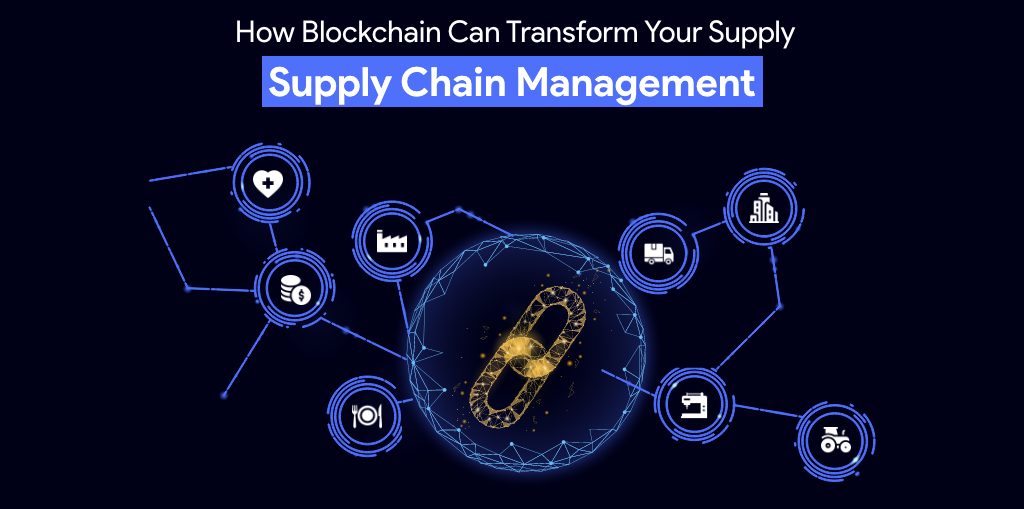
What is a Supply Chain?
Think about buying a new smartphone. Before you hold that phone, it travels through many steps. First, workers mine raw materials. Then, factories make the parts. Next, other factories put everything together. Finally, trucks ship the phone to stores. This journey from start to finish creates a supply chain.
Supply chains exist everywhere around us. For example, your morning coffee starts at a farm. Then, it goes to a processing plant. After that, distributors send it to your local store. Similarly, your clothes begin at cotton fields or factories. Next, they move to warehouses. Finally, they reach retail shops. Nearly everything we buy follows this same path.
The Problems with Traditional Supply Chains
Today’s supply chains face several big challenges:
Lack of Transparency: Companies often don’t know where their products really come from. For instance, a clothing brand might not know if workers used child labor to grow the cotton in their shirts.
Fake Products: Counterfeit goods cost businesses billions of dollars every year. Moreover, customers struggle to tell if a “designer” handbag is real or fake.
Slow Problem-Solving: When something goes wrong, like contaminated food, companies take weeks to find the source. Unfortunately, this delay can be dangerous and expensive.
Paperwork Chaos: Supply chains create mountains of paperwork. Furthermore, documents get lost, people forge signatures, and information doesn’t match between different companies.
Trust Issues: Companies must trust each other. However, they have no easy way to verify if everyone tells the truth about their processes.
What is Blockchain?
Think of blockchain as a special record book that many people share. Once someone writes something in this book, no one can erase or change it. Additionally, everyone can see what’s written, and everyone must agree before anyone adds something new.
This digital record book doesn’t belong to any single person or company. Instead, a network of computers around the world maintains it. As a result, this makes it very secure and reliable.
Most people know blockchain from Bitcoin. However, the technology can do much more than handle digital money.
How Blockchain Helps Supply Chains
Complete Tracking from Start to Finish
With blockchain, companies record every step of a product’s journey in the digital ledger. When farmers harvest coffee beans, the system records that. When workers process, ship, and roast them, each step gets added to the record.
This creates a complete history that no one can fake or change. Therefore, companies and customers can trace any product back to its very beginning.
Fighting Fake Products
Blockchain gives each genuine product a unique digital identity, like a fingerprint. As a result, this makes it nearly impossible for counterfeiters to copy products successfully.
Luxury brands already use this technology. Customers can scan a code on their product and instantly verify it’s authentic.
Faster Problem Detection
When problems occur, like food safety issues, blockchain helps companies trace the source in minutes instead of weeks. Consequently, this speed can save lives and prevent larger outbreaks.
In 2018, Walmart used blockchain to trace contaminated lettuce. What used to take days now took just 2.2 seconds.
Automatic Processes
Smart contracts are programs that run automatically when certain conditions happen. For example, a payment could automatically go to a supplier when their shipment arrives and passes verification.
This reduces delays, cuts costs, and eliminates human errors in routine processes.
Building Trust
Since no one can change blockchain records and everyone can see them, it builds trust between companies. Suppliers can prove they follow ethical practices, and buyers can verify these claims.
Real-World Examples
Walmart: The retail giant uses blockchain to track food products. They can quickly find the source of contaminated food and remove only affected items from shelves.
De Beers: The diamond company uses blockchain to track diamonds from mines to jewelry stores. This ensures they don’t sell conflict diamonds.
Maersk: This shipping company uses blockchain to digitize and track shipping containers. As a result, this reduces paperwork and speeds up customs processes.
Nestlé: The food company tracks milk from farms to factories. This ensures quality and safety standards throughout the process.
The Challenges
While blockchain offers many benefits, it’s not perfect:
Getting Everyone on Board: For blockchain to work best, all companies in a supply chain need to participate. However, convincing everyone to adopt new technology can be difficult.
Technical Complexity: Setting up blockchain systems requires technical expertise that many companies don’t have.
Cost: Companies need significant upfront investment in new systems and training to implement blockchain technology.
Energy Use: Some blockchain networks use lots of electricity. Therefore, this raises environmental concerns.
Integration Issues: Companies need to connect their existing systems with blockchain. Unfortunately, this can be complicated and expensive.
The Future of Supply Chains
As blockchain technology improves and becomes more affordable, we can expect to see:
- More products with complete tracking
- Fewer fake goods in the market
- Faster responses to safety issues
- More sustainable and ethical supply chains
- Lower costs through automation
- Greater consumer confidence in products
Conclusion
Blockchain technology can solve many long-standing problems in supply chains. By providing transparency, security, and tracking ability, it makes supply chains more efficient, trustworthy, and responsive.
While challenges still exist, early adopters already see benefits. As the technology improves and becomes more accessible, blockchain could become as common in supply chains as barcodes and shipping containers are today.
For consumers, this means better products, more information about what they’re buying, and greater confidence that companies tell the truth about their practices. For businesses, it means lower costs, fewer risks, and stronger relationships with partners and customers.
The supply chain revolution has just begun, and blockchain leads the way.





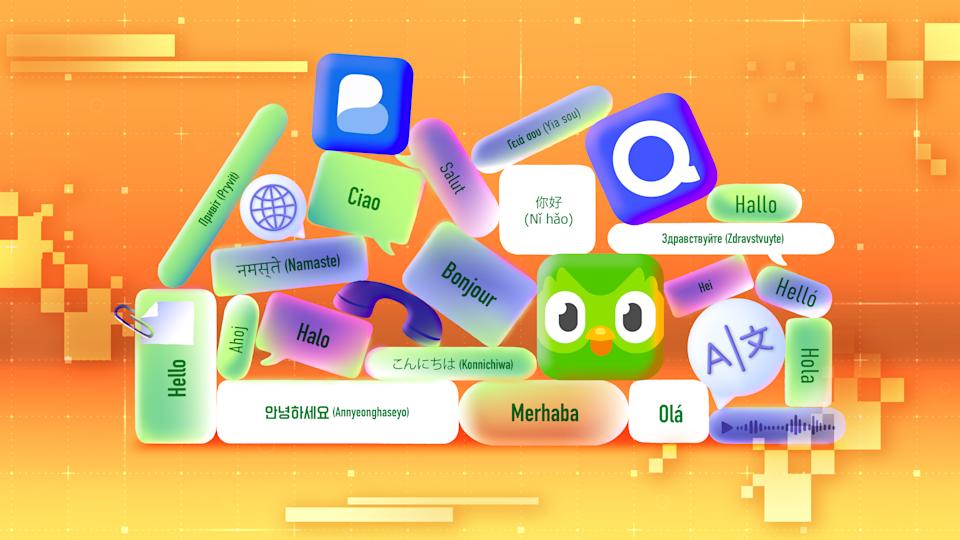


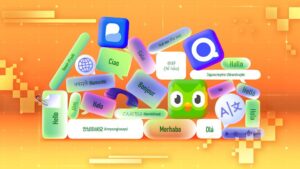

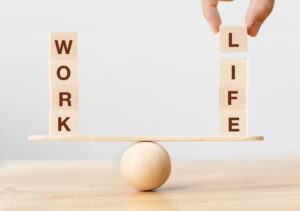


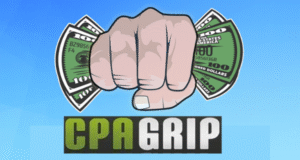


Post Comment